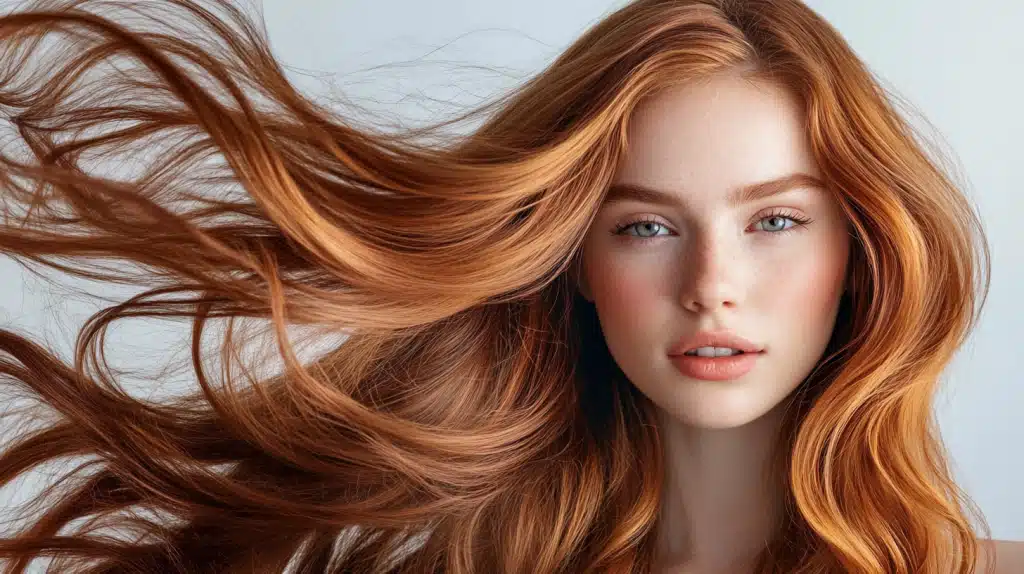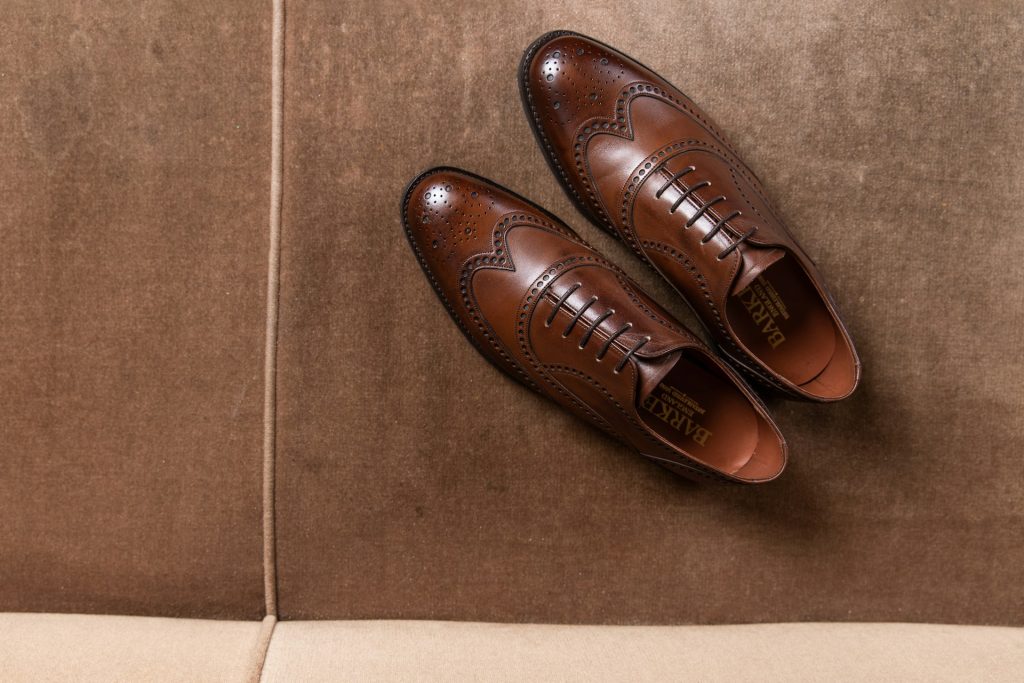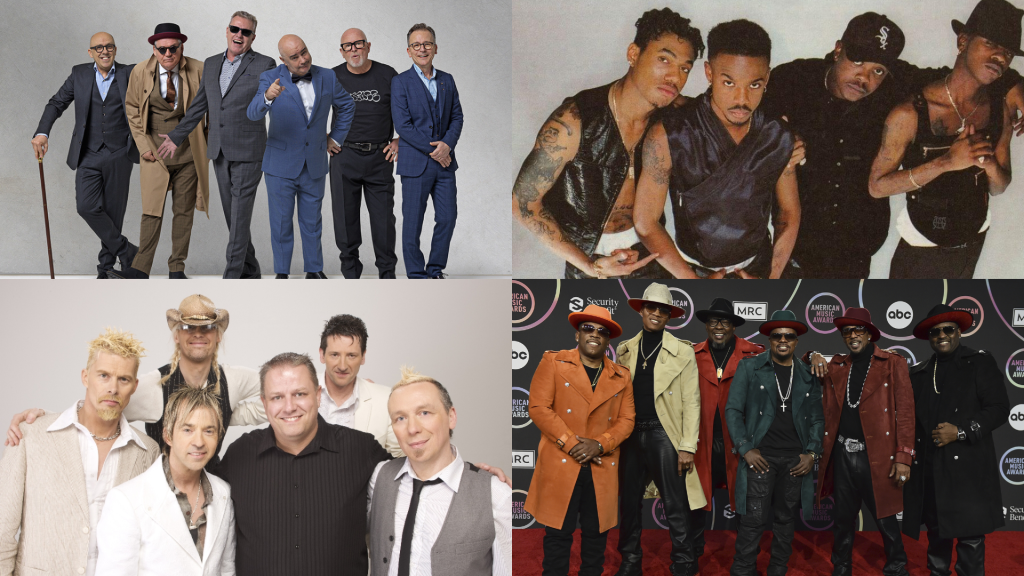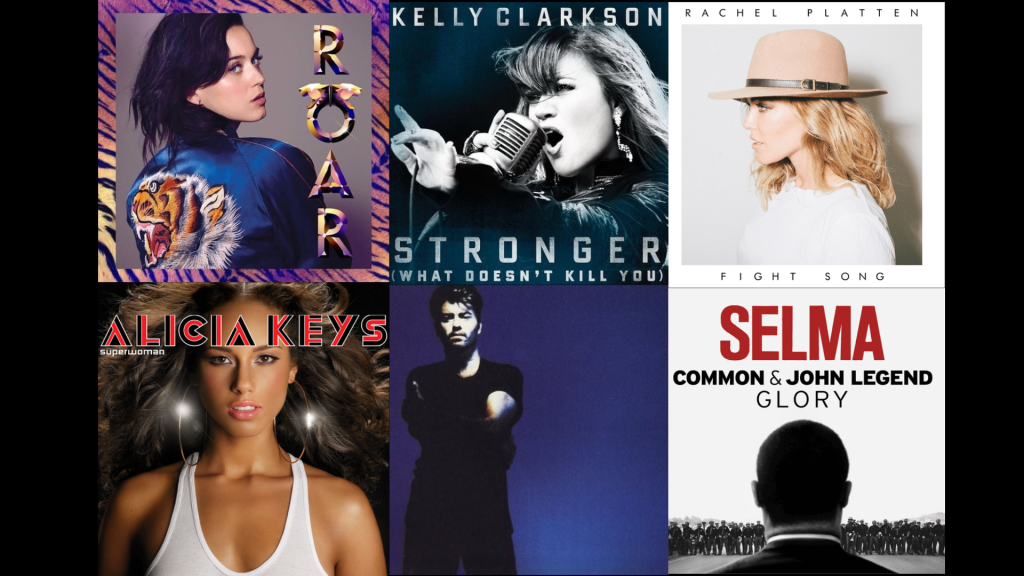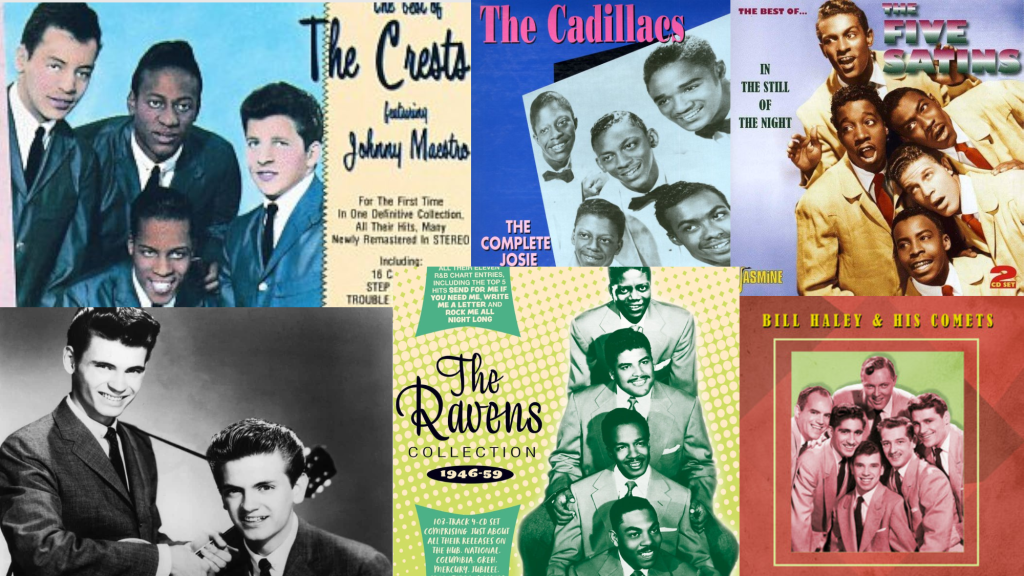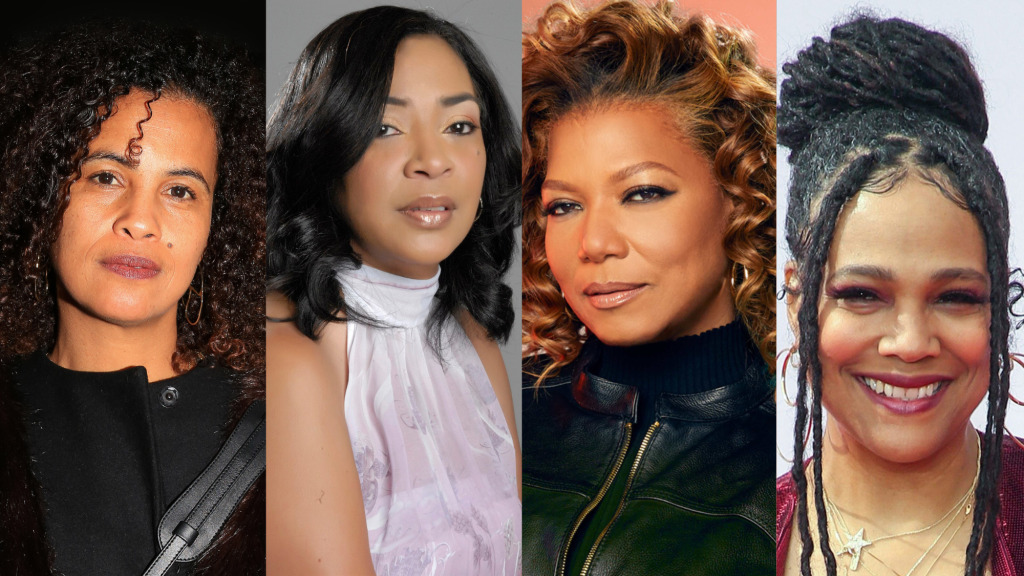Healthy hair can enhance your confidence and overall well-being, but achieving this begins with understanding your unique hair type. Everyone’s hair differs, ranging from straight and wavy to curly and coily.
Knowing your exact hair type allows you to customize a hair care routine that suits your specific needs. Here’s a comprehensive guide on identifying your hair type and tailoring a care routine that brings out the best in your hair.
Why Knowing Your Hair Type Matters
Your hair type influences everything—from the kind of shampoo and conditioner you should use to how often you wash your hair, apply products, or heat-style it. Depending on your hair’s characteristics, using products meant for a different hair texture can lead to dryness, frizz, or excess oil production.
For example, curly and coily hair types tend to be drier and need richer, more hydrating products, such as a deep moisturizing conditioner. In contrast, straight hair may become greasy quickly and require lighter formulas. Knowing your hair type sets the foundation for every other aspect of your hair care strategy.
The Four Main Hair Types
Hair types are generally categorized into four groups:
Straight (Type 1) – Hair falls flat from the roots to the ends, tends to be oily, and often lacks volume.
Wavy (Type 2) – Hair has a slight S-shape but isn’t as tightly coiled as curly or coily textures. It can be prone to frizz and may lack defined curls.
Curly (Type 3) – These curls form spirals and loops, often appearing more voluminous but may suffer from dryness and frizz.
Coily or Kinky (Type 4) – This hair is tightly coiled and naturally voluminous but can be fragile, dry, and prone to breakage.
Each type also has subcategories (A, B, C) that describe the density and tightness of the curl or wave. For instance, 3A curls are looser and more defined than 3C curls, which are tighter and more prone to shrinkage.
Step 1: Identify Your Hair Type
Hair typically falls into four categories: straight, wavy, curly, and coily. However, texture, thickness, porosity, and sensitivity variations within these categories mean that no two individuals’ hair care routines should be identical.
- Straight Hair is typically smooth and glossy but can struggle with oiliness and lack of volume.
- Wavy Hair sits between straight and curly, often having natural volume but prone to frizz.
- Curly Hair ranges from loose curls to tight spirals, commonly experiencing dryness and frizz.
- Coily Hair features tight curls or zig-zag patterns, often very dense and prone to dryness, shrinkage, and breakage.
By identifying your specific hair type, you can select the right products and techniques that work harmoniously with your natural hair texture.
Step 2: Address Hair Concerns
Once you’ve determined your hair type, the next step is to identify specific problems or goals. Do you want to reduce frizz? Repair heat damage? Add volume? Eliminate dryness?
Here are a few common issues that affect different hair types:
Dryness
Common in curly and coily types due to natural oils struggling to travel down the strand.
Oiliness
Common in straight hair, where oil easily coats each strand.
Breakage
This can affect all hair types but is especially prevalent in textured hair.
Frizz
Usually results from dryness or humidity and can be tamed with hydration and sealing techniques.
Scalp issues
Like dandruff or irritation, these might be signs of buildup or a need for specialized shampoos.
You can choose targeted products and treatments to meet your hair’s needs by assessing its behavior and challenges.
Step 3: Cleanse and Condition Properly
Cleansing
A clean scalp is the foundation of healthy hair. Regular cleansing removes dirt, oil, and product buildup. However, not all shampoos are created equal. Sulfate-based shampoos can strip the hair of natural oils, which may be harsh for curly or coily hair types. Instead, look for sulfate-free cleansers that are gentler on your strands.
Frequency also matters. Straight hair may require more frequent washes, while curly and coily textures can go longer without cleansing. Overwashing can lead to dryness and irritation.
Conditioning
Conditioning is crucial for all hair types—it replenishes moisture, softens the hair, and reduces tangling. Use a daily or rinse-out conditioner after every wash, and incorporate a deep conditioner or hair mask once a week to deliver intense hydration and repair.
Step 4: Moisturize and Seal
Moisturizing is especially important for curly and coily hair types that naturally lose moisture more quickly. A good leave-in conditioner or water-based moisturizer helps keep strands hydrated. After moisturizing, sealing in that moisture with a natural oil (like jojoba, argan, or castor oil) or a butter (such as shea) can prevent evaporation and lock in hydration.
Moisture is the key to reducing breakage, promoting elasticity, and maintaining defined healthy hair. Listen to your hair—it will let you know when it needs more or less moisture.
Step 5: Style and Protect
It’s time to style once your hair is cleansed, conditioned, and moisturized. Styling should enhance your hair’s natural beauty without causing damage.
Avoid excessive heat, but apply a heat protectant beforehand if you must use heat tools. Protective styles like braids, twists, or buns can minimize breakage and retain length for those with fragile or curly textures.
Also, consider your nighttime routine. Sleeping on a satin or silk pillowcase—or wrapping your hair in a silk scarf—reduces friction and helps maintain moisture overnight.
Customize Your Routine Over Time
Hair care isn’t static. Your hair type may not change, but your hair’s needs might, depending on weather, diet, health, or even stress levels. It’s okay to adjust your routine as needed. Try out products slowly and observe how your hair reacts. A product that works wonders for one person may not suit you, and that’s completely normal.
Consistency is key. It may take a few weeks to see actual results, but with time and the proper care, your hair will thank you.
The Bottom Line
Сaring for your unique hair type can lead to stronger, healthier, and more beautiful hair. Customize your routine by understanding your hair’s specific characteristics and needs, then choose products and methods that nourish and protect your strands. Ultimately, knowing and caring for your hair type allows you to celebrate your natural beauty with confidence and pride.


